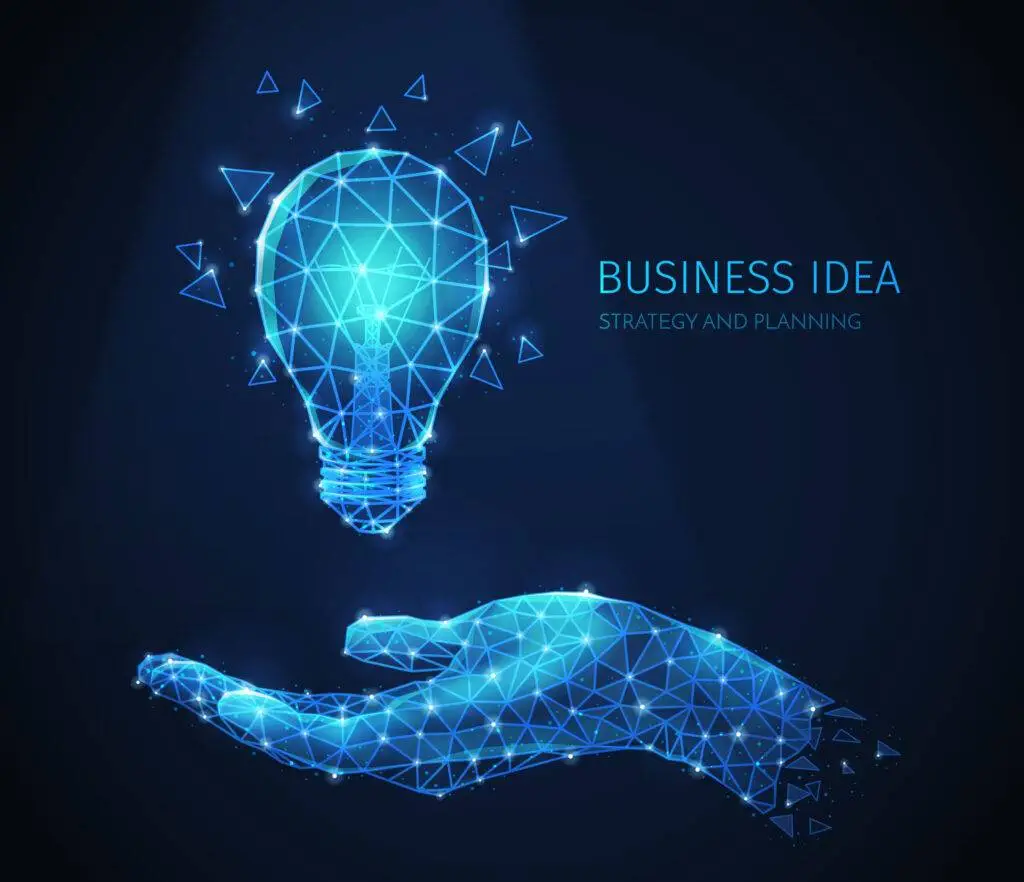Evolution of business intelligence
During the Industrial Revolution human knowledge adapted to the work of machines, existing processes and products, and the main role of knowledge was in the function of increasing the productivity of human labor. The main drivers of industrial economy represented by large enterprises and mass production of products that are easy to find buyers in the markets. The business policy was aimed at increasing the volume of production, which meant the inclusion of larger quantities of materials in the products.
However, today, when supply significantly exceeds demand (up to 30% according to some information), the increase in production is aimed at increasing the amount of information and knowledge with the aim of increasing efficiency, in terms of better products and products with added value.
The greatest added value in a product today comes from knowledge, not embedded materials. An example of this is today’s cars, whose value increases as a function of the number of technological inventions built into modern cars. As a result, more and more intelligence is being sold, not raw materials and supplies.
Companies are at a point where they need to change established ways of doing business and behaving. Relentless competition in the marketplace is forcing them to make better use of the basic resources of today’s business, which are primarily information and knowledge – their own people.
Transition
The transition from an industrial to a knowledge economy is characterized by several key steps: information is becoming a key resource, and information and communication technology is becoming the key infrastructure.
The Internet is now an unavoidable fact of life in all areas of business. Development Internet infrastructure creates new dimensions that significantly affect the business of modern companies. The main advantages of the Internet as a global world communication network are the overcoming of spatial barriers, the acceleration of communication processes and the fast and efficient provision of relevant knowledge, be it technical or general.
What is business intelligence?
The term Business Intelligence (BI) refers to a set of concepts and methods for collecting, processing and sharing information using software tools. The goal is to analyze the internal and external data of the business system and provide information that contributes to the success of the company in the shortest possible time.
The business intelligence of a company consists of customer intelligence (observation of customer behavior, collection of important customer information), internal intelligence (business process intelligence and management intelligence), supply chain intelligence (cooperations, partnerships, Just-In-Time production) and competitive intelligence (detailed information about the competition).
Banks, telecommunications companies, insurance companies, IKEA and Ericsson Nikola Tesla are just a few examples of organizations that have recognized the importance of business intelligence.
All entrepreneurs, small or large, have certain databases that, if the tools of business intelligence are used, can be a little treasure and the secret of business success. The role of business intelligence is to help people make better decisions.
Power Pivot, Power BI, Power Query and Power Map are examples of tools that can help you with decision making in your business. Power Pivot, Power Query and Power Map are available tools for analyzing data in Excel.
Future of business intelligence
In 2021. it is expected that all elements of business intelligence (analytics, data storage…) will increasingly be mapped in the cloud (“in the cloud”). Storytelling will also be data-driven, which will require greater data security. Skilled people, appropriate technology and organizational culture might create the need to create data quality management. Both collaborative business intelligence and business intelligence on mobile devices will be important. Collaborative business intelligence involves software and social technology working together to share ideas and make business decisions.
Nowadays, high quality and timely information is very important to make the right decisions. Markets have become extremely dynamic and need to be monitored and analyzed continuously.
The most important point here is to analyze your own business and (if possible) the competition. The data for analysis today is quantitatively much more extensive than before the advent of social networks and new technologies.
Even a small business has the ability to analyze several important data sources, such as its own revenue/expenses/business costs, social media analytics (Facebook, Twitter, IG, LinkedIn), Google analytics, then any publicly available data such as web stores, public services, etc. Based on all this data, it is possible to create a high quality and sustainable system to inform owners and managers about market opportunities and threats.
Implementing business intelligence is a long-term management decision. The initial implementation and training of staff can be done relatively quickly (within 3 months), but because there are many data sources, this systems are constantly growing and maturing with the business.
Pandemic times
An extremely positive experience of all those beginning implementation is that as the business intelligence system grows and matures, so does the quality of decision making. This was especially evident during the Covid 19 lockdown, where customers who analyzed data in a timely manner began to optimize business processes because they were better able to assess market risks and adapt to the new situation.
The demand for education during the pandemic did not decrease, but actually increased. The reason for this is that when business is good, data analysis is neglected because everything “fits”. But when difficulties arise, all possible scenarios and all available data sources are analyzed to reverse the negative trend. In terms of delivering training, instead of live training, training via online services such as Microsoft Teams, Zoom, Skype etc. is now much more prevalent. Despite initial skepticism towards this form of training, they have proven to be a very good alternative to live courses. The biggest advantage over live courses is that the training can be easily recorded and retained as a long-term reference for learning the material covered in the training.
Conclusion
You have probably come to the conclusion that you are indeed using business intelligence in your business because you are making decisions based on an analysis of certain data and information. The only question is whether the current way is satisfactory or whether it is time for a change and improvement.



